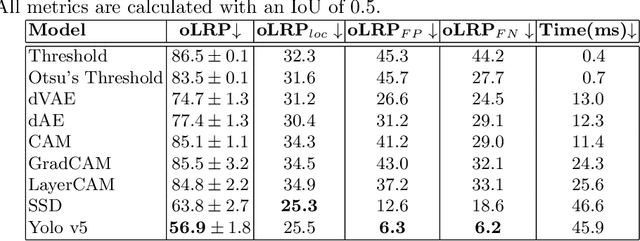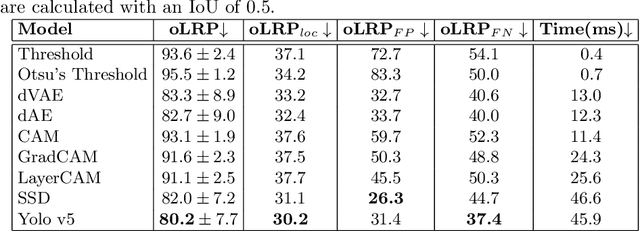Privacy-Preserving Person Detection Using Low-Resolution Infrared Cameras
Paper and Code
Sep 22, 2022



In intelligent building management, knowing the number of people and their location in a room are important for better control of its illumination, ventilation, and heating with reduced costs and improved comfort. This is typically achieved by detecting people using compact embedded devices that are installed on the room's ceiling, and that integrate low-resolution infrared camera, which conceals each person's identity. However, for accurate detection, state-of-the-art deep learning models still require supervised training using a large annotated dataset of images. In this paper, we investigate cost-effective methods that are suitable for person detection based on low-resolution infrared images. Results indicate that for such images, we can reduce the amount of supervision and computation, while still achieving a high level of detection accuracy. Going from single-shot detectors that require bounding box annotations of each person in an image, to auto-encoders that only rely on unlabelled images that do not contain people, allows for considerable savings in terms of annotation costs, and for models with lower computational costs. We validate these experimental findings on two challenging top-view datasets with low-resolution infrared images.
 Add to Chrome
Add to Chrome Add to Firefox
Add to Firefox Add to Edge
Add to Edge